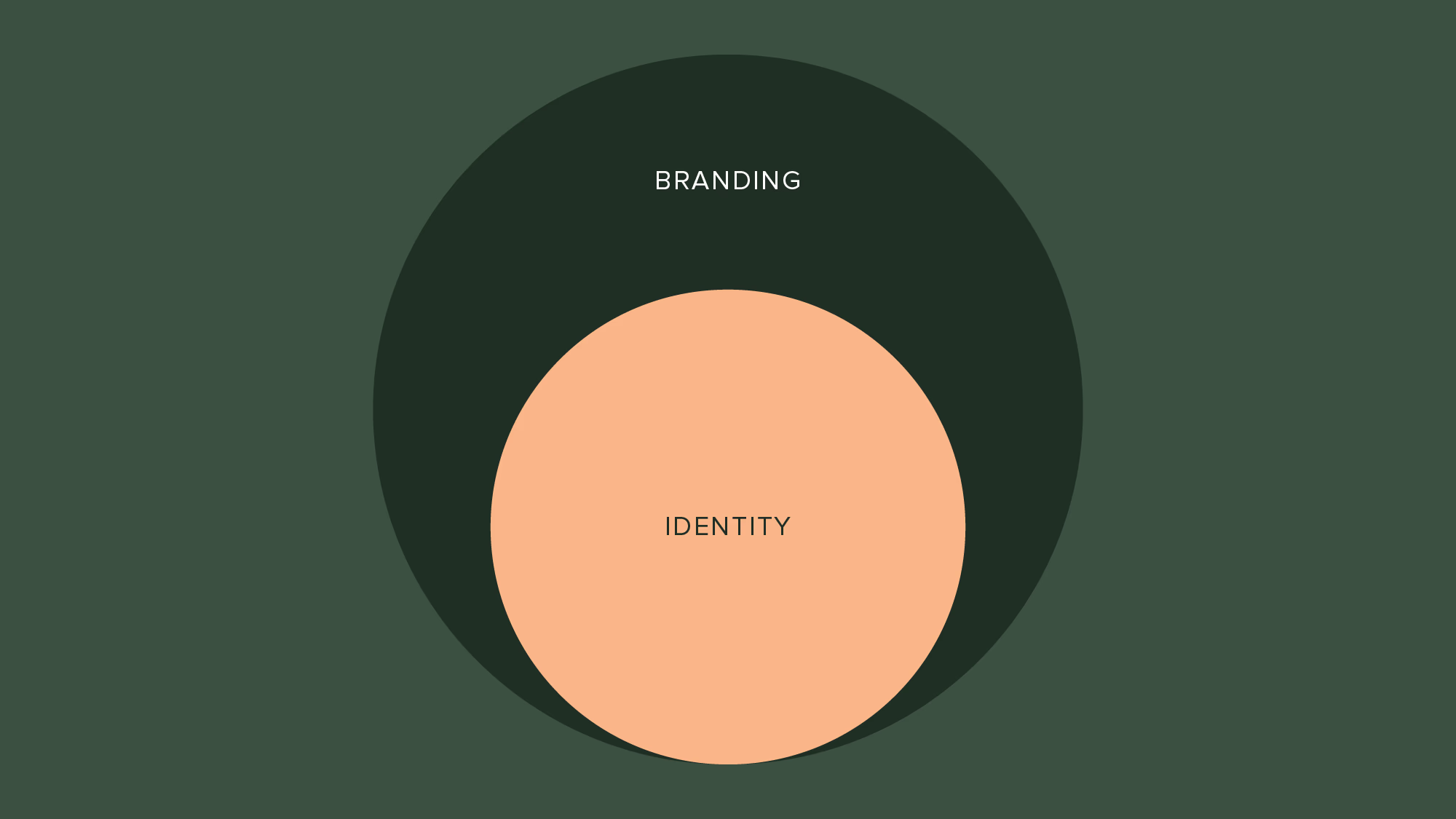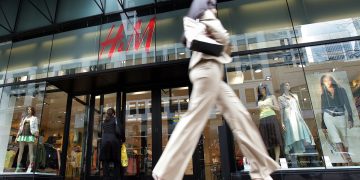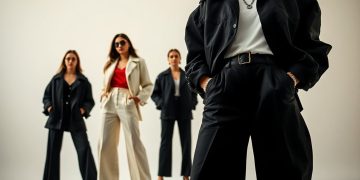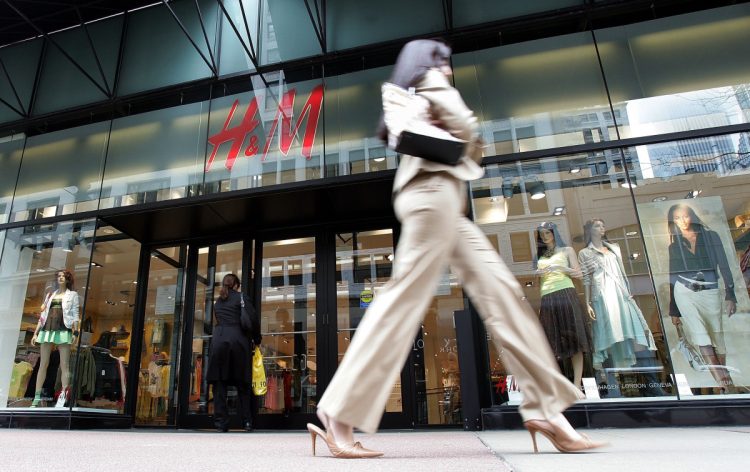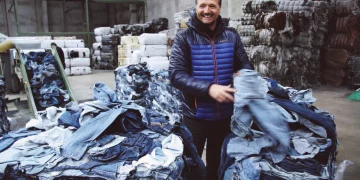The fast fashion industry, characterized by the rapid production of cheap, trendy clothing, has dominated global retail for decades. However, as environmental, social, and economic pressures mount, the question arises: Are we witnessing the end of fast fashion? With growing awareness of sustainability issues, changing consumer behaviors, and the rise of alternative business models, it seems that the era of fast fashion might be coming to an end. But is it really the end, or just the beginning of a transformation?
The Rise of Fast Fashion
Fast fashion first gained momentum in the late 20th century. Brands like Zara, H&M, and Topshop revolutionized the way people shopped by introducing quick-turnaround production systems that allowed for trendy styles to reach stores in a matter of weeks, instead of months. The model was simple and effective: low-cost production, frequent turnover of new styles, and affordable prices for consumers. This business model was a dream for both brands and shoppers—retailers increased profits by creating a constant demand for new items, while consumers could indulge in their desire for fresh, fashionable clothing without breaking the bank.
However, as is often the case with disruptive innovations, the rapid growth of fast fashion came with hidden costs. The environmental toll of cheap production processes, the exploitation of low-wage workers in developing countries, and the growing issue of textile waste started to emerge as significant concerns. Despite these issues, the allure of inexpensive and trendy clothing kept the fast fashion machine churning.
The Environmental Crisis

The environmental impact of fast fashion is one of the most pressing issues in the debate about its future. The fashion industry is one of the largest polluters in the world, responsible for more carbon emissions than international flights and maritime shipping combined. The production of synthetic fibers, such as polyester, releases microplastics into oceans, and the dyeing process is a major contributor to water pollution. Additionally, the sheer volume of clothing produced and disposed of each year leads to massive waste. The average American consumer discards approximately 80 pounds of clothing each year, and much of this ends up in landfills.
The rise of “disposable” fashion—cheap, low-quality items that are worn only a few times before being discarded—has led to an overabundance of clothing in circulation. Many of these garments cannot be recycled or repurposed due to the use of synthetic materials and the lack of infrastructure for textile recycling. This has prompted calls for a shift toward more sustainable fashion practices, including better materials, longer-lasting designs, and recycling solutions.
The Social and Ethical Issues
The ethical concerns surrounding fast fashion are also becoming increasingly prominent. Many fast fashion companies rely on outsourcing production to countries with lax labor laws, where workers are paid a pittance and subjected to poor working conditions. The tragic collapse of the Rana Plaza building in Bangladesh in 2013, which killed over 1,000 garment workers, brought global attention to the dangerous working conditions in the fashion industry. This incident sparked widespread protests and calls for greater accountability from fashion brands.
In recent years, consumers have become more attuned to the ethical implications of their purchases. The rise of movements like “Fashion Revolution” has empowered shoppers to demand transparency from brands regarding their supply chains and working conditions. In response, some fast fashion companies have made efforts to improve their practices, but for many, these changes have been too little, too late.
Changing Consumer Behaviors
While fast fashion has historically thrived on the insatiable demand for new and inexpensive clothing, consumer behaviors are shifting. Younger generations, particularly Millennials and Gen Z, are more conscious of the environmental and social impacts of their purchases. These consumers are increasingly turning to more sustainable and ethical fashion options, including second-hand clothing, upcycled garments, and brands with transparent, ethical practices.
The second-hand clothing market is experiencing a renaissance, with platforms like Depop, Poshmark, and ThredUp making it easier for people to buy and sell used clothing. Vintage and thrift shopping, once considered niche or “uncool,” is now seen as a sustainable and fashionable alternative to buying new. The rise of clothing rental services, such as Rent the Runway, also reflects a growing trend toward circular fashion—where clothing is used, reused, and recycled rather than disposed of after a single season.
Social media has played a significant role in these changing attitudes. Influencers and activists on platforms like Instagram and TikTok promote sustainable fashion choices and raise awareness about the environmental and ethical issues within the industry. The #BuyLessChooseWell hashtag, popularized by designer Vivienne Westwood, encourages consumers to reconsider their purchasing habits and invest in quality, timeless pieces instead of cheap, trendy items that contribute to waste.
The Economic Impact
The fast fashion industry has been a major contributor to global economic growth, particularly in developing countries where cheap labor has kept costs low. However, as the demand for more sustainable and ethically produced clothing grows, brands that rely on the fast fashion model are feeling the pressure. Some companies have attempted to respond to these changing dynamics by introducing eco-friendly collections or committing to carbon neutrality. However, these efforts are often criticized as “greenwashing”—a superficial attempt to appear environmentally conscious without making meaningful changes to the underlying business model.
The rise of sustainable fashion brands presents both a challenge and an opportunity for the fast fashion sector. Companies that fail to adapt to the changing landscape risk losing relevance, while those that embrace sustainability may find new avenues for growth. Brands like Patagonia, Everlane, and Reformation have built loyal followings by emphasizing transparency, ethical practices, and eco-friendly materials. Their success demonstrates that there is a viable market for fashion that is both stylish and sustainable.
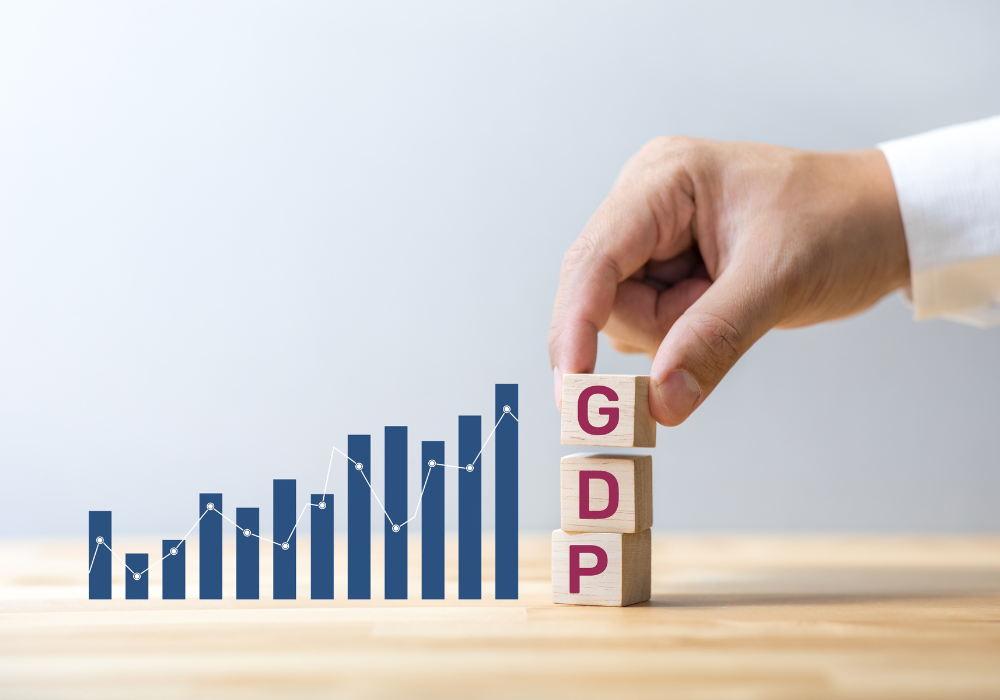
The Future of Fashion: Slow and Circular
So, is the end of fast fashion upon us? While the industry is unlikely to disappear overnight, it is clear that the future of fashion is shifting toward more sustainable, ethical, and circular models. Slow fashion—a movement that prioritizes quality over quantity, longevity over disposability—is gaining momentum. This philosophy encourages consumers to buy fewer, better-quality items and invest in timeless pieces that will last for years.
Circular fashion, where clothing is designed with its entire lifecycle in mind—from production to disposal—is another key trend. Companies are exploring new ways to recycle materials, reduce waste, and design garments that can be easily repaired or repurposed. Innovations in textile recycling and upcycling are providing new solutions to the problem of textile waste.
While fast fashion may continue to exist in some form, it is increasingly being held to account by consumers, activists, and regulators. Governments around the world are starting to introduce legislation to curb the environmental impact of the fashion industry, including proposals to limit textile waste and mandate greater transparency in supply chains. The European Union, for example, has proposed a new “Right to Repair” law, which would require brands to make clothes that are easier to repair and recycle.
Conclusion
The future of fashion is likely to be a hybrid of fast and slow, traditional and innovative. While the days of unbridled consumerism and disposable trends may be numbered, the fashion industry is evolving, adapting to new demands for sustainability, ethics, and circularity. Fast fashion, as we know it, may not be sustainable in the long term, but the industry’s ability to innovate and respond to changing consumer preferences suggests that it will continue to play a role in the fashion landscape—albeit one that may look very different from the past.












